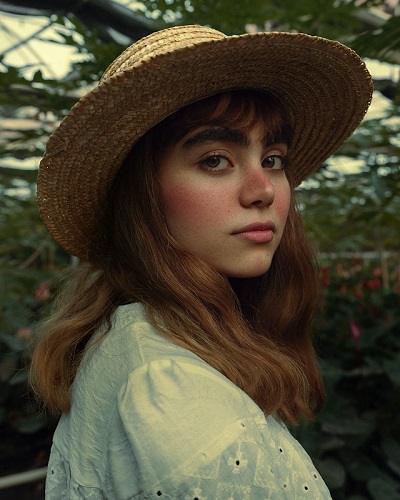Taking portraits that can wow the viewers is not easy. In this guide, you will learn the best portrait photography tips to become an elite portrait photographer. The portrait photography tutorial will help you with everything ranging from how to adjust the camera to preparing the subject and the scene for maximum impact. You will be able to capture stunning portraits with your camera, irrespective of its type after reading this guide.
Portrait photography is not all about taking images of your subjects only. It is a combination of employing the right technique and using your creativity and artistic expression. Similarly, following the same set of rules and guidelines will not always produce the best results. All of your portraits may even turn out to be quite mundane or familiar if you are using the same angles and composition for every single shoot.
20 Best Portrait Photography Ideas
The following highly effective ideas will enable you to get rid of your creative rut and master the art of taking breathtaking portraits.
1. Focus on the Subject

Rule number one of portrait photography is to always focus on the subject. The success of portrait photography largely depends on how comfortable the subject is with you. It is better to meet with your client in person or at least contact her before the photo shoot. Try to learn as much about your client as possible besides letting the subject know what you want to accomplish with the shoot. Also, explain your photography style and discuss all the ideas you have for the shoot with the subject. More importantly, also seek her abilities and preferences for the shot.
2. Find the Best Location
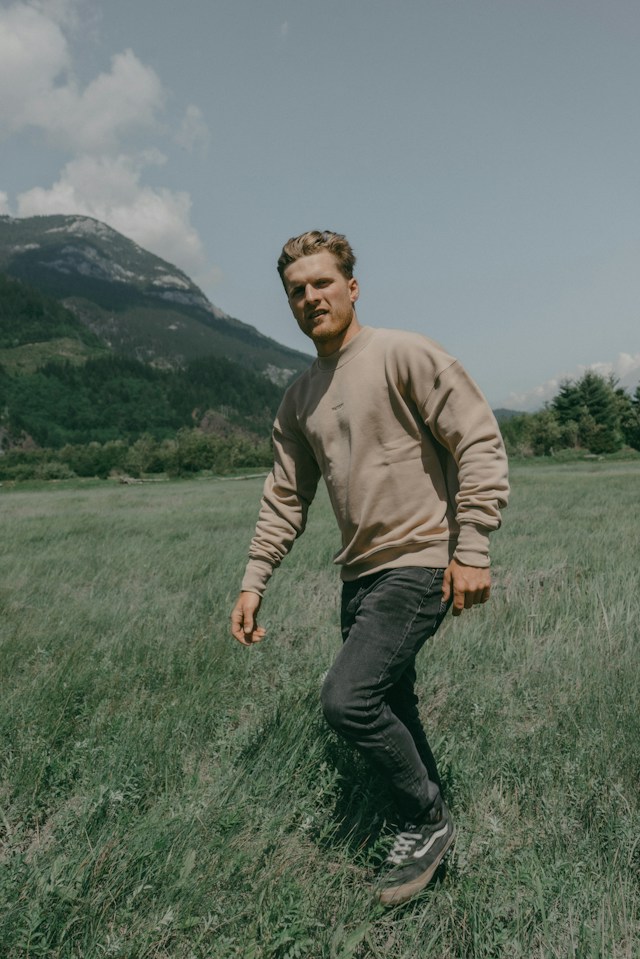
The choice of location for the photoshoot can make or break your final portraits. You can attain the best results by shooting in the natural light outdoors. However, it also poses many challenges for you including planning according to the time of the day, weather, environmental conditions, changing light, etc.
For example, the portraits will have harsh shadows if you shoot in direct sunlight. Similarly, your subject may also squint due to the light falling into her eyes. The best time to shoot is when the sunlight is diffused such as in the morning or late afternoon. Shooting at these times will result in a warm, natural, and beautiful glow in the images.
Shooting indoors offers you much more control and creative freedom. However, it is still important to arrange the lighting properly according to the backdrops, the subject’s clothes, and the nature of the shoot.
You can avoid many problems in the image post-processing if you select the right location for your shoot.
3. Use the Flash to Overpower the Sun
Using natural light to shoot during the day is not an easy task to accomplish. However, you can overpower the sun using simple artificial lights such as a couple of speedlites. They will not only diminish the sun’s power but will also offer better exposure by darkening the image. This may be one of the best portrait photography tips you will ever get, especially for environmental portraits focusing on landscapes.
You can use the speedlites to slightly lighten up the object as they underexpose the sky by overpowering the sun. You may have to use up to 4 speedlites sans diffusers to get the amount of artificial light that can diminish the sun. Another way to put more light on the subject is to hold the speedlites closer to her. Similarly, it will also create an even more dramatic effect by underexposing the background.
4. Use Off-Camera Flash
Using off-camera flash to lighten up people from the side is a great way to flatter their features. This tip will especially help you while taking wedding photographs. The trick is to never use on-camera speedlites even during the reception. The image will only lose its dimensionality if the flash is straight on. Similarly, it will seldom flatter a person’s face. Using flash from the side will add a wide range of shadows and highlights to the images. It also brings out a more dramatic landscape by highlighting details in the background.
5. Find Backlight
Finding great light for portraits requires a lot of time, practice, and effort. However, you will start taking some stunning portraits once you master the art of “finding the right light” in various situations and light conditions. Lighting is the essence of all photographs and the portraits are no different. You can create beautiful rim light or hair light (a.k.a edge light) no matter if you are using an ordinary light bulb, a window, or the sun as a light source. You only have to place the light source behind the subject.
The rim light creates the effect of focusing and outlining your subject by separating it from the background, further enhancing the dimensions of the portrait.
6. Sun as Source of Light
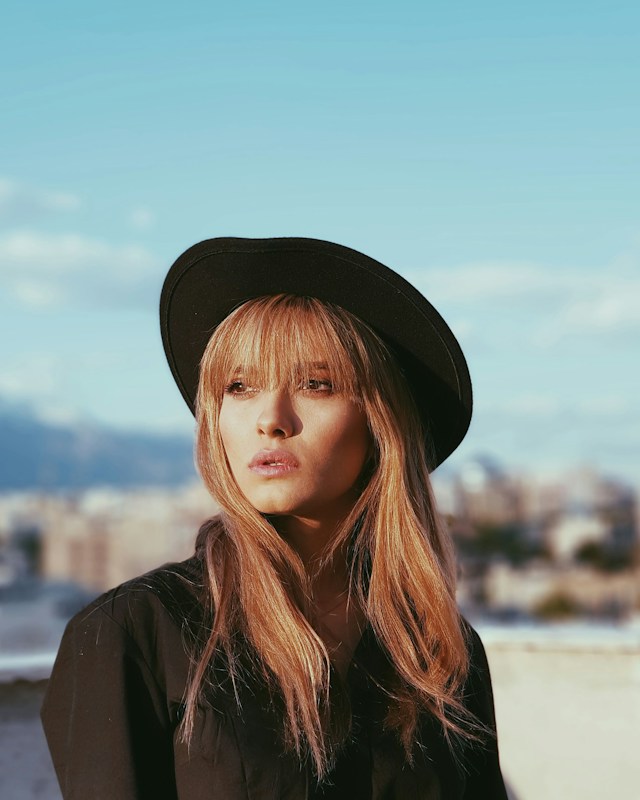
Most photographers prefer shooting in the shade avoiding the sunlight altogether. This technique provides them with even easier exposure. However, you can also use sunlight as the direct spotlight on the person. One of the best outdoor portrait photography tips is to creatively use the sunlight in the outdoors. It will not only produce brilliant results but will also add a new skill to your repertoire.
For example, you can considerably darken the surrounding shadows as well as the background by exposing the areas that are in direct contact with the sunlight. As a result, you will draw light and focus on your client. You can also create different visual effects by applying this technique in different lighting conditions.
7. Get the Pose Right
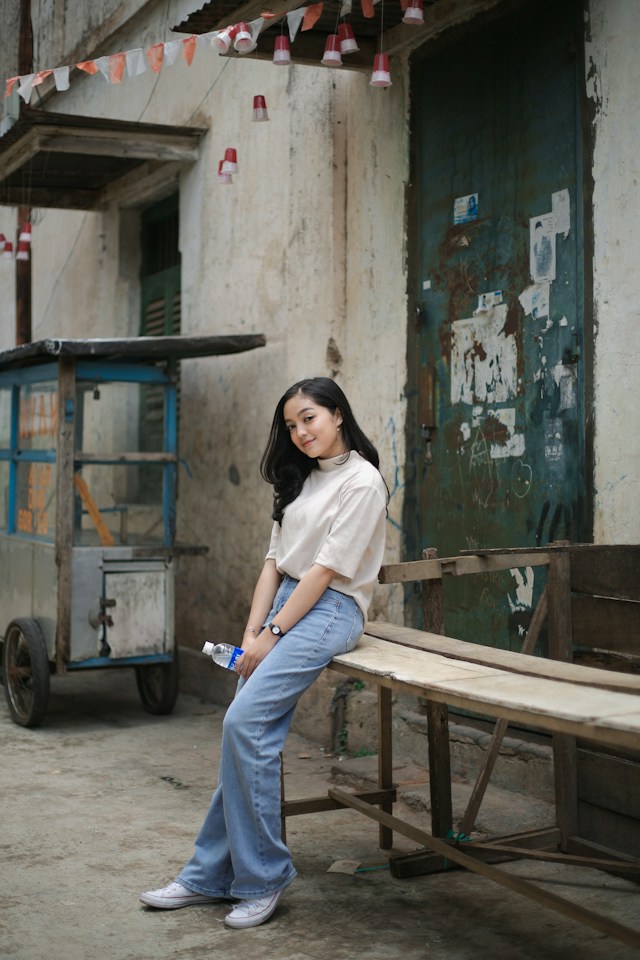
Getting your subject in the right portrait pose is as important as getting the right location. It is always an exciting moment to capture your subject in the most flattering portraits. Try to find the pose that portrays your client in the most beautiful way possible.
All the portrait photography poses should complement your client while also considering camera angles, lighting, and background. However, it is easier said than done. It can be quite puzzling as well, especially for new photographers. Therefore, you must experiment a lot, trying various combinations of angles and poses to figure out what works best for you and the subject.
You can further improve every shot to make it perfect once you have found the right camera angle and pose.
Another pro tip is to keep a gallery of the best portrait shots on your mobile phone. Keep adding to this gallery regularly. It will greatly help you in finding the different poses, positions, and camera angles for your next shoot right there. You would also be able to communicate better with your client if you showed her some visual examples.
8. Take Candid Shots
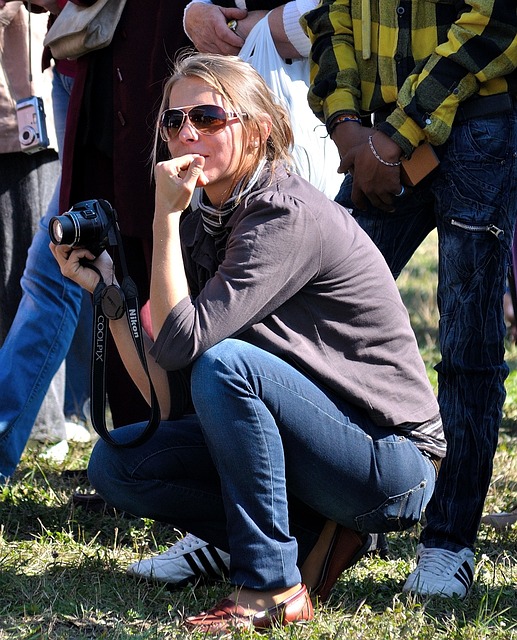
Some people don’t feel comfortable while posing for the camera. Similarly, you sometimes have less than optimal results if you ask the subject to pose. Children in particular will give you a tough time because poses in their portraits often seem unnatural and forced.
Child portrait photography is all about taking candid shots of the children doing their natural, usual activities. The same is also true for the adults. Taking images of people doing their daily chores will produce fantastic portraits.
The candid shots also require you to move away from your subjects. This way, they will not feel shy or stiff while being photographed. You can use a long zoom lens to capture your subjects from a distance.
9. Capture Expressions and Emotions
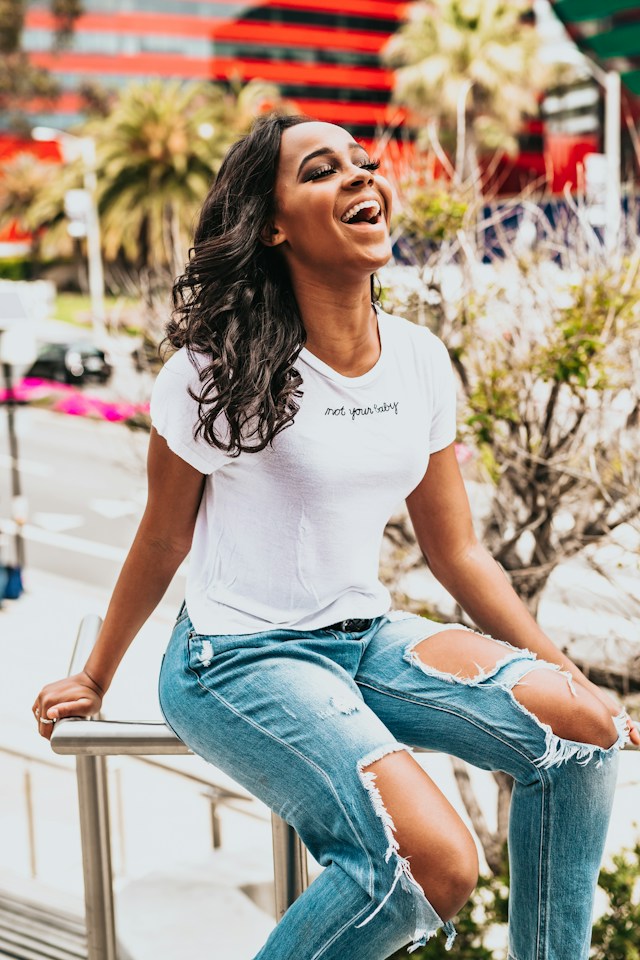
The portrait photographer’s job is to find expressions and emotions in a portrait. Your subject will not emote as easily as you expect. Some people even resort to blank looks and fake smiles and you have to avoid them at any cost. The hallmarks of a genuine and shining portrait are confident expressions, faint smiles, sparkling eyes, etc.
Spend some time with your subject and allow them to get into the zone. You will not get the desired results by hurrying or forcing them.
10. The Background is Important
All guides about portrait photography tips assert the importance of background. Your subject will always be the focus of the portraiture. However, it is not as simple as that because you have to think of many other intricacies including the background. Sometimes, you can add a lot of charisma to the image besides making your subject stand out by having an interesting background.
In most cases, however, you can considerably emphasize the subject by blurring the background albeit correctly. Therefore, you need to see how the background looks to adjust the aperture and shutter speed accordingly.
11. How to Use Your Camera?
As mentioned above, portrait photography is more than just meets the eye. It is about your creativity, technique, and artistic expression. You need to practice a lot to perfect your technique. Understanding the nuances of portrait photography also takes some time. However, you need to buy a good camera and lens once you understand it. Keep in mind that every camera nowadays can take excellent portraits. Therefore, there is no best camera for portraits. You just need to learn how to use your camera efficiently in different environments and lighting conditions.
You can opt for a decent DSLR camera to have better control of the portrait photography setting. A DSLR also produces high resolution and sharp images in RAW format which you can later edit in the post-processing. Photodoto has a detailed guide to using a DSLR camera by beginners.
12. Find Angles other than Eye Level
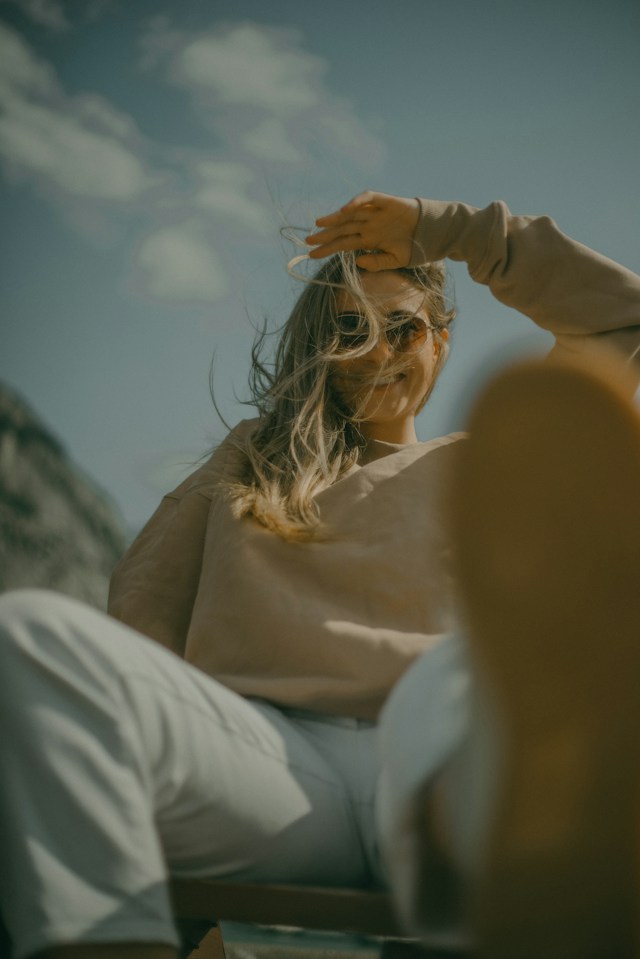
One of the most common portrait photography tips is to focus the angle on the eyes. Well, it is an established rule but you have to break rules sometimes to create fabulous portraits. Keeping the camera angle on the eyes is the easiest thing to do. However, you can add more perspectives to the image by finding more challenging camera angles from above or below the eye level. Similarly, you can get as close to the subject as possible and look up the subject.
These portrait photography techniques are also very useful when it comes to flattering people of different heights and body types. Your subject can look thicker, slimmer, taller, wider, or shorter depending on the camera angle. Move around the shoot location to determine which angle produces the best results. You can also add a lot of personality to the picture by tilting the camera.
13. Choose the Right Lens
The lens is as important as the camera if you want to catch the right spot. Once again, the best portrait lens for portrait photography does not exist. You have to determine which lens is suitable for the scenario. For example, you must use a wide-angle lens if the background is a vital part of the picture.
85mm, 105mm, or other medium telephoto lenses are ideal for this situation as they equally highlight both the background and your subject.
On the other hand, a narrow-angle lens such as 70-200mm f/2.8 is the best option if you are going to focus on the subject only. Such a lens enables you to zoom in, focusing mainly on the subject. Similarly, it also eliminates background and foreground noise or distraction as well.
14. Use a Longer Lens
Most portrait photographers own the 50mm mid-range lens. However, you would only get portraits with familiar perspectives using a mid-range lens. Our eyes see such portraits or scenes days in and days out. More importantly, the image looks too mundane if captured by a mid-range lens.
85mm or 200mm lenses, on the other hand, deliver beautiful image compression that a 50mm lens would never accomplish. Using a longer focal length means there will be little to no feature distortion, much to the pleasure of your subject. Besides, it also brings the background much closer to the subject as well as creates a more captivating bokeh or background blur.
15. Define a Color Palette for Your Portraits
Defining a color palette for your images will help you consciously design the feel and visual look of your images. You can impart a unique look besides adding to the overall impact of the portraits by using colors that complement the background, clothes, and props. You can employ these portrait photography tips even in the post-processing.
Start with considering the complexion of your client while defining a color palette. The types of portrait photography can also determine the color palette. For example, greens and warm hues are perfect for family portrait photography whereas greys and dark blues look beautiful on business portraits.
16. Use Props for Effects
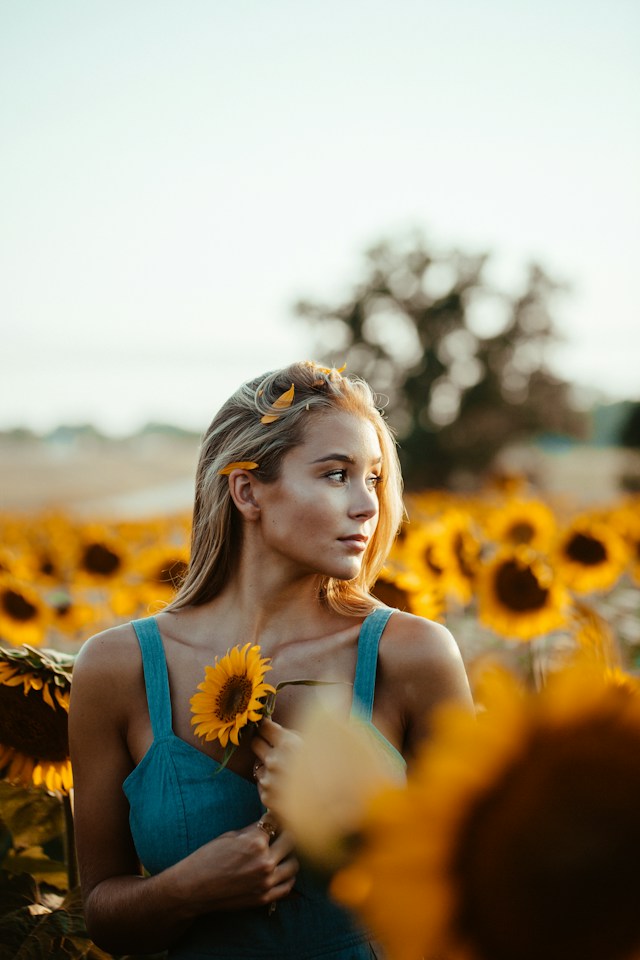
If you want to make your portraits more impactful and exhilarating with a dash of color, you ought to add props to them. You can completely change the nature of the image by creatively using photography props. Keep experimenting with prop colors, textures, and shapes until you get your desired effect. Photography props can also help you develop your signature style.
17. Frame Your Subject
Framing can be among the best portrait photography tips for you only if you learn how to apply this technique correctly. Framing helps you draw attention to the eyes by framing them with another element of the subject. It makes the eyes the main point of attraction besides giving depth to the image.
You can achieve the effect by using your subject’s hand around her face. Similarly, you can also place her in a doorway or window and ask her to look through a small gap.
18. Fill the Frame with Faces
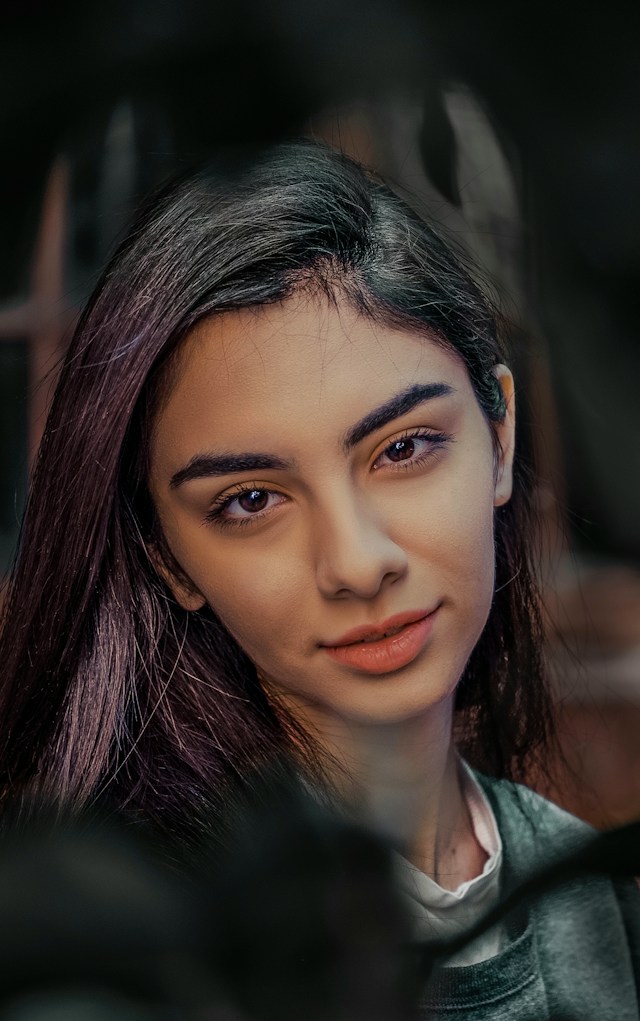
Filling the frame with the face of your subject is another brilliant technique to catch the attention of the viewer. Sometimes, you would only have your subject to focus on or she is the only feature in the shot. You can employ this technique in such scenarios to create stunning portraits.
19. Capture Moving Subjects

Most portraits feel so stationary. However, you can change the perspective by adding some movement to your portraits. There are quite a few ways to achieve this effect such as making your subject move or having an element around the subject move while she is static herself. Similarly, you can also move your camera continuously.
Remember that you must only use a slow shutter speed with slow moving objects otherwise, you cannot accurately capture the movement. On the contrary, you can use fast shutter speed to “freeze the movement” if your subject is also moving fast.
20. Take a Series of Shots
Capture a series of portraits using your camera’s “Continuous Shooting” or “Burst Shooting” modes. One of the best portrait photography techniques is to capture your subject in different poses when he is in motion.
Subsequently, you can add an impression of movement and drama by presenting the shots together. Similarly, you can also pick the best portraits from the group for post-processing.
Also Read: Is Mirrorless Better Than DSLR? Which Type of Camera Is Best For You?
Final Thoughts
With this, we conclude our portrait photography guide. We hope you will be able to take stunning portraits after going through portrait photography tips. These tips will also help you develop your own style and vow the audience with your portraits.

